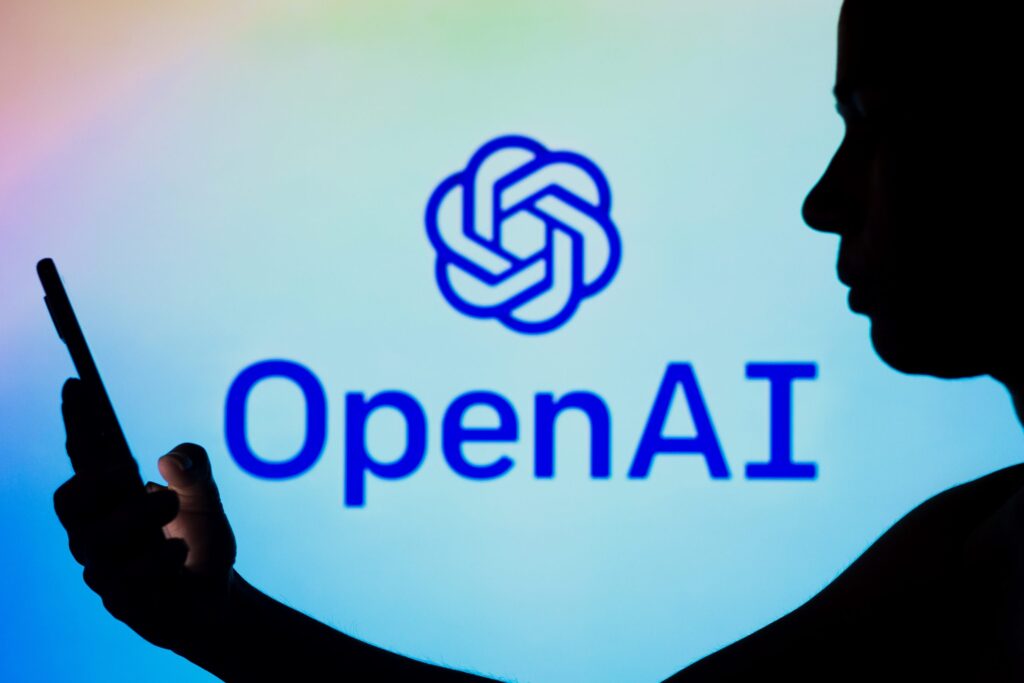
OpenAI Struggle
The tech world has been closely following OpenAI ventures and successes, but recent reports suggest that the path has not been entirely smooth for the renowned AI organization. Particularly, the abandonment of the ambitious ‘Arrakis’ project, inspired by the desert planet in Dune, has raised significant concerns.
The Abandoned Arrakis Project
Arrakis was envisioned as a solution to enhance the efficiency of OpenAI’s ChatGPT chatbot, promising cost-effective alternatives to the existing GPT models. Unfortunately, the project did not live up to expectations and was ultimately discontinued earlier this year.
Disappointment from Microsoft
Notably, this setback reportedly left some key figures at Microsoft, OpenAI’s major supporter, disillusioned. Microsoft had been eager to witness a demonstration of OpenAI’s capability to generate large language models at an accelerated pace, making the project’s failure all the more disheartening.
Uncertainty around OpenAI’s Future Projects
At a recent tech conference, OpenAI’s CEO Sam Altman expressed uncertainty about the organization’s upcoming endeavors, stating that although there are great prospects, the specific direction remains ambiguous.
Concerns and Developments with GPT Models
On another front, recent research indicated that the newer GPT-4 model, while more trustworthy, also exhibited vulnerabilities, including a tendency to generate biased outputs and compromise private information. However, proactive measures within Microsoft’s products seemed to mitigate these concerns effectively.
Positive News: OpenAI’s Achievements
Despite these challenges, there have been encouraging developments within OpenAI. CTO Mira Murati affirmed the reliability of the organization’s AI-generated image detection tool, providing a beacon of hope amidst the uncertainties.
X’s Bold Move
Separately, there has been a buzz around X’s decision to introduce a nominal fee for certain users, primarily as a means to curb spam and bot activity. This move has drawn attention to X’s aspirations of transforming into an “everything app,” with implications for the platform’s future trajectory.
Kylie Robison’s Insights
Notably, the insights of industry experts, such as Kylie Robison, shed light on the potential motives behind X’s strategic changes, emphasizing the significance of user payment information in the platform’s evolution.
The Friction in Bot Creation
The nominal fee represents an interesting friction point in the creation of bots, possibly deterring some malicious activities. While this approach might not completely eradicate the issue, it does signal a proactive step in the right direction for platform security and integrity.
Twitter’s Evolution
Amidst these industry shifts, the article draws attention to Twitter’s own evolution, highlighting its transformation from a traditional social media platform to a multifaceted digital ecosystem under the guidance of influential figures like Elon Musk and CEO Linda Yaccarino. The introduction of the nominal fee raises questions about the platform’s future direction and its departure from its traditional model.
Conclusion
As the technology landscape continues to evolve, it is evident that even industry giants such as OpenAI and X are not immune to challenges and setbacks. However, these obstacles serve as pivotal moments for innovation and adaptation
urging organizations to redefine their strategies and offerings to stay relevant in an ever-changing market.
FAQs
1. What was the main setback for OpenAI’s Arrakis project?
The Arrakis project failed to meet efficiency expectations, leading to its abandonment.
2. How is OpenAI addressing the vulnerabilities of its newer models?
OpenAI is actively working on proactive measures within their products to mitigate potential biases and privacy concerns.
3. What is the purpose of X’s nominal fee for users?
The nominal fee is primarily introduced to combat spam, manipulation, and bot activity on the platform.
4. What is the significance of Twitter’s recent changes?
Twitter’s evolution signifies a shift towards a more comprehensive digital platform, departing from its traditional social media model.
5. How are industry leaders responding to the challenges in the AI and technology sector?
Industry leaders are leveraging setbacks as opportunities for innovation
adaptation, and strategic realignment to stay competitive in the evolving market landscape.
